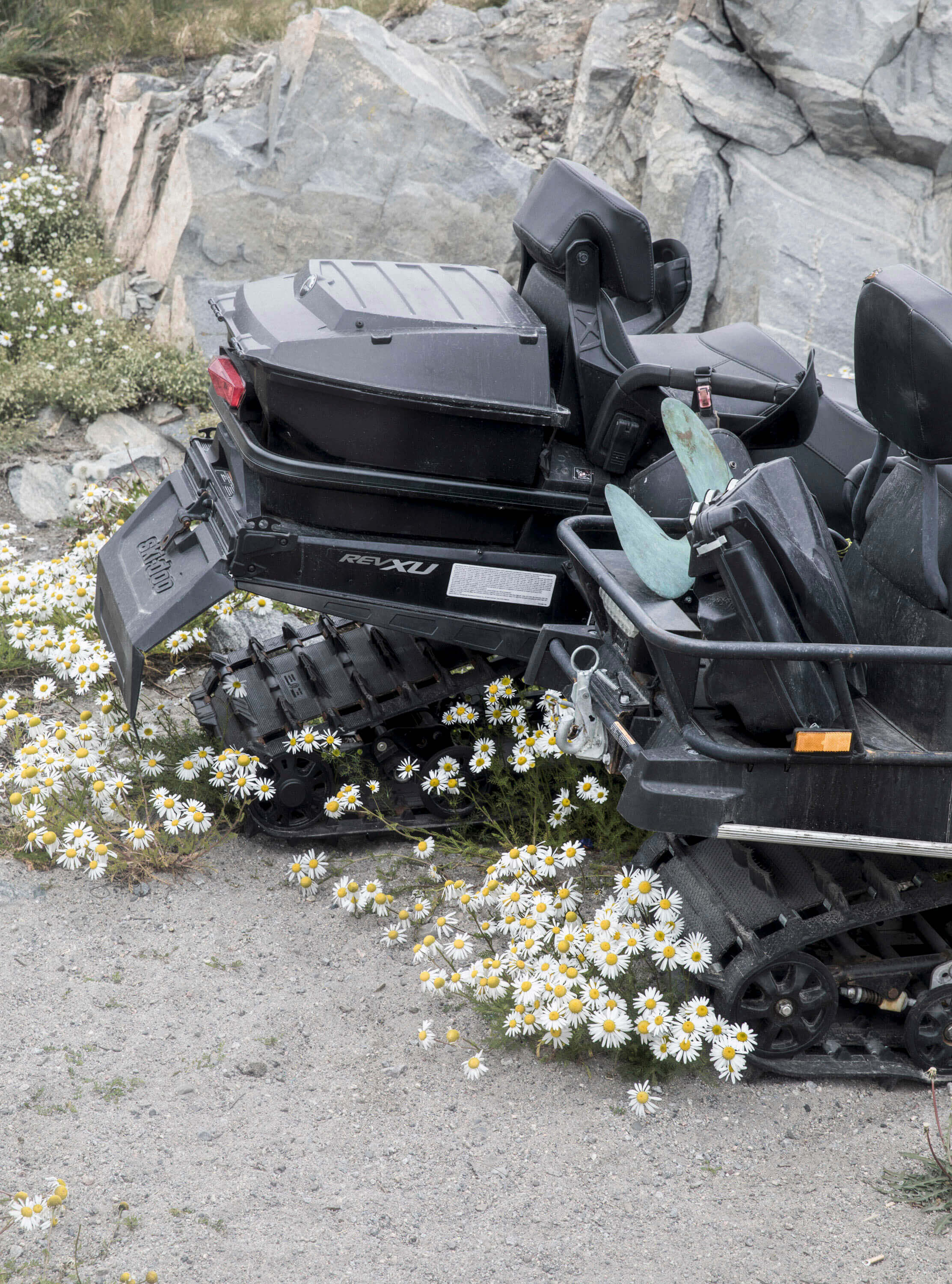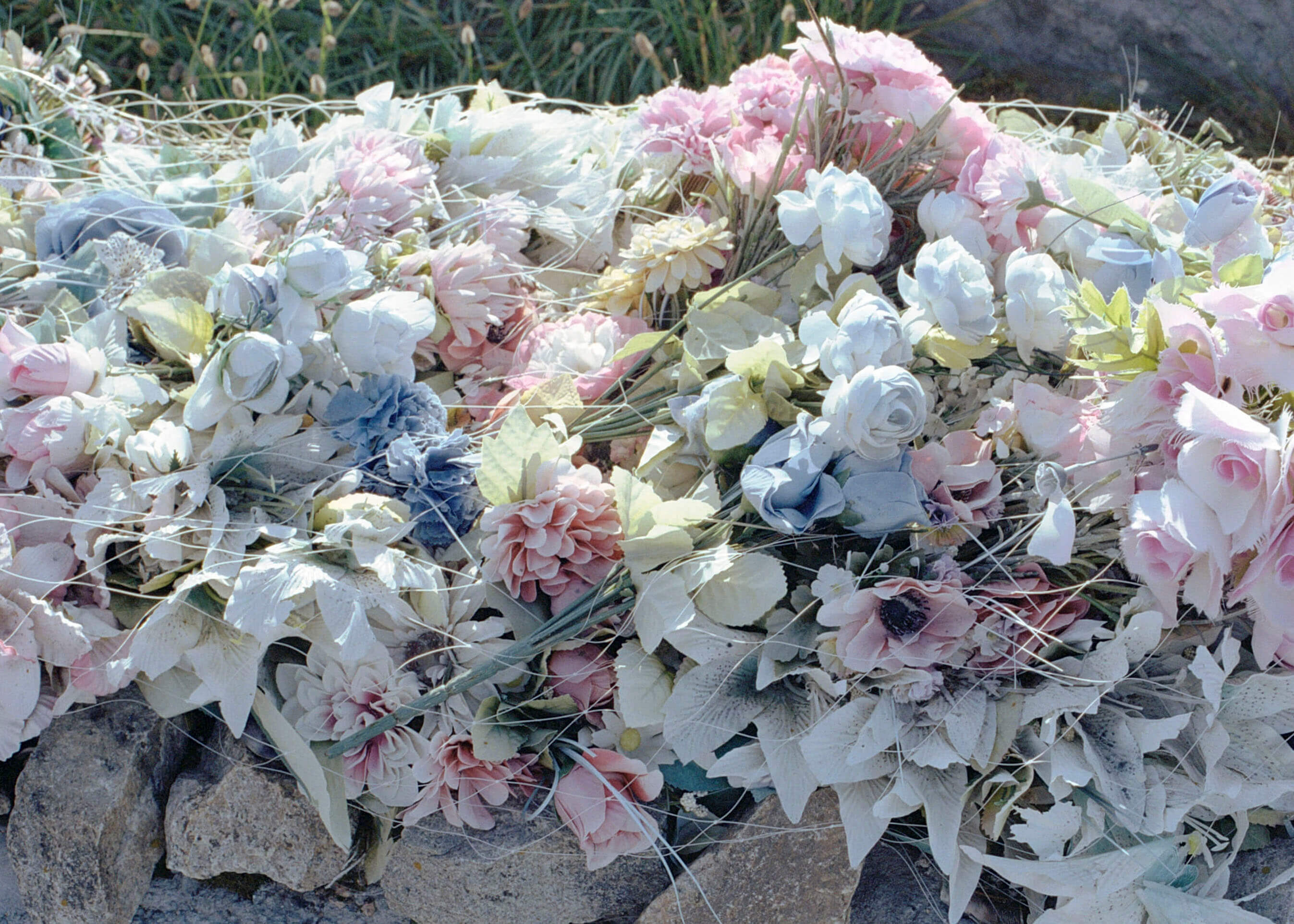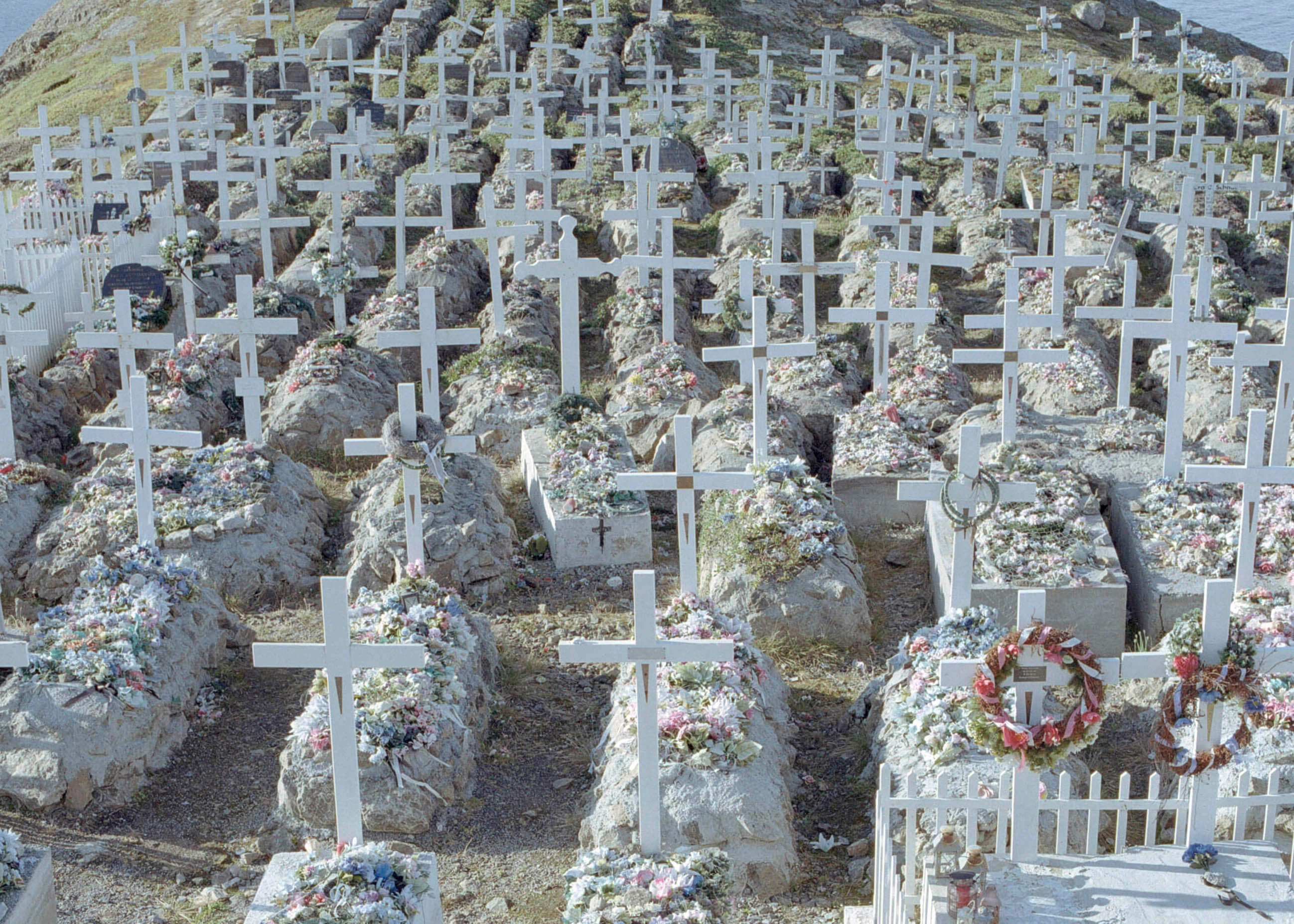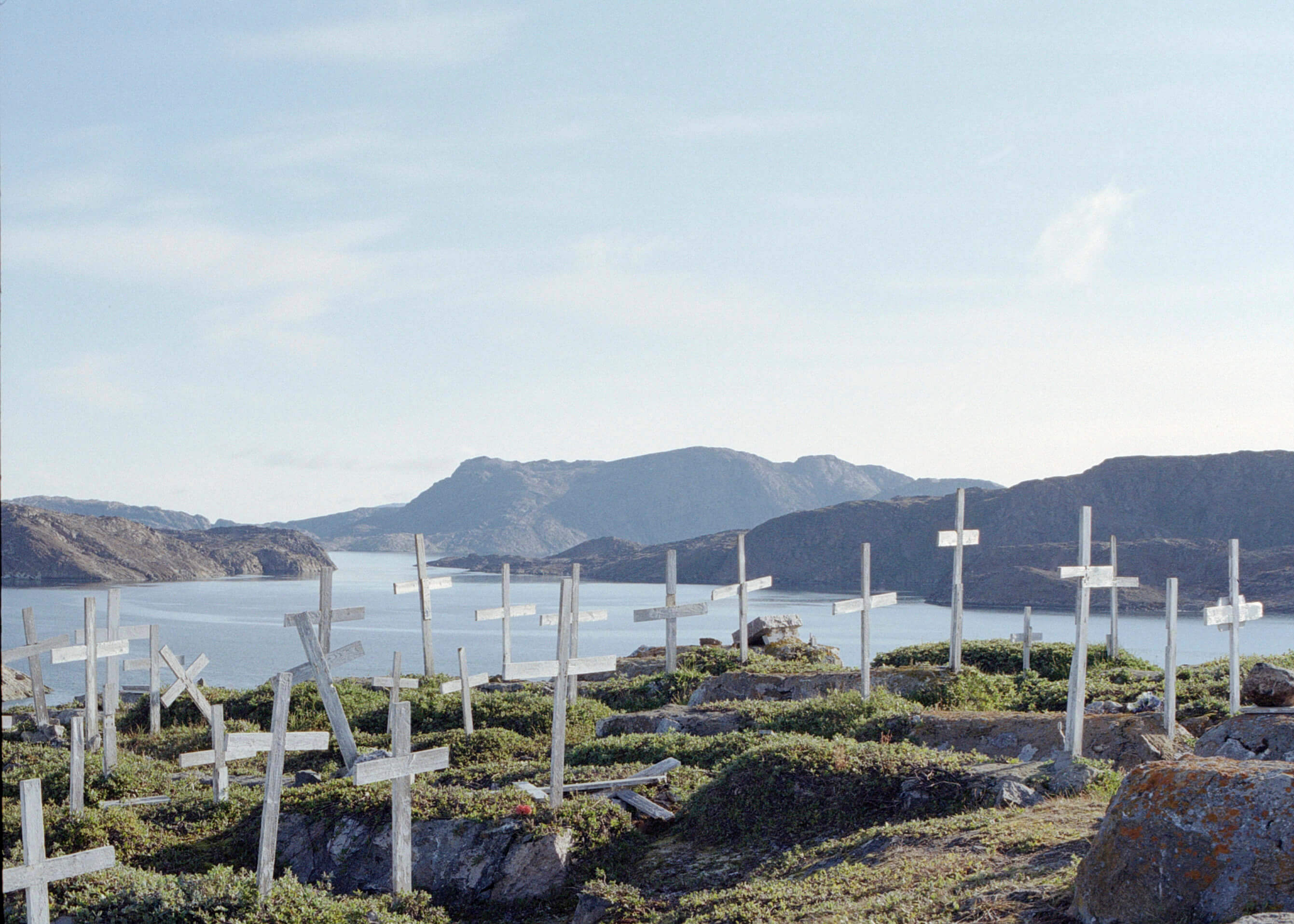
Today we visited Navarana’s grave. It’s a mound of stones covered with rust-coloured lichen on a stony headland overlooking the sea. When she died in 1921, taken away by the Spanish flu epidemic, she wanted to be buried in the cemetery near the little old church of Upernavik, which years later would be used each year as the meeting room for the Danish assembly and these days is part of the town’s museum.
In 1911 Navarana was still called Meluq and she was just 13 years old when the young Dane Peter (Freuchen) confided to his friend Knud (Rasmussen) that she was the only sweet girl along the whole western coast of Greenland who he would take to be his wife.
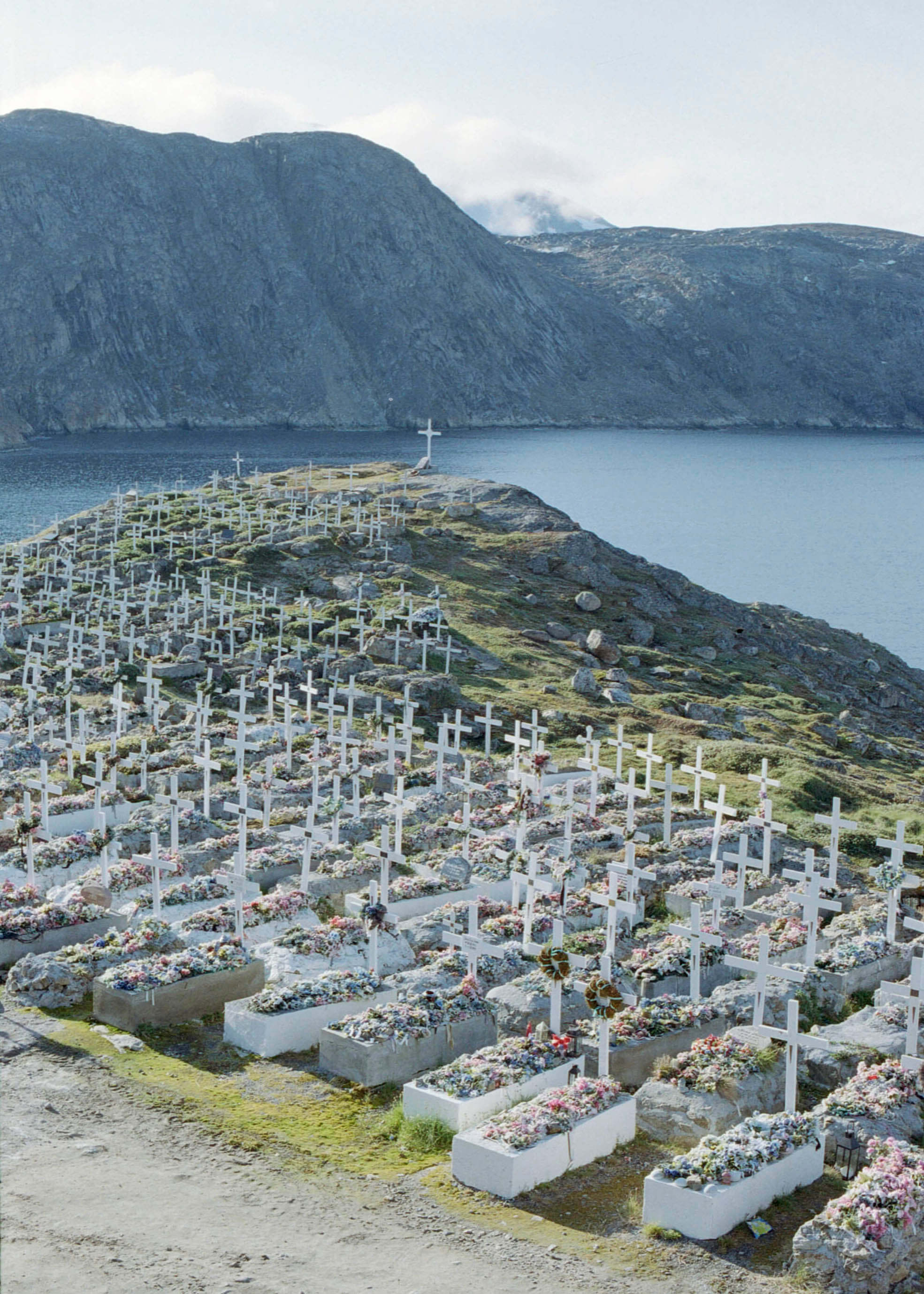
At York Cape (today Uummannaq) Peter, map maker, and Knud, anthropologist, had just founded the Thule trading station, the base for the seven expeditions with sleigh dogs that went on until 1933 and that miraculously told us about the human history of the Arctic lands. In his diaries Peter wrote that it was only later on that he understood what his taking Meluq as his wife meant for everyone: he was “going native”. Knud had already been native since he was a child. What did it mean to become an Inuit? In traditional Inuit society, the children played at becoming adults, their toys were miniatures of the grown-ups’ tools – small harpoons and narwhal whale or walrus tusk spears – and they learnt the skills through imitation. The girls learnt from the women, the boys from the men.
So, there was no word for “hunter” in the Inuit language: boys were born to provide for the family, and they provided for them by hunting. When a child started to hunt, he became a man. Man was a synonym for hunter. What did it mean for Meluq to marry the most promising of the foreigners in circulation? Meluq took the new name of Navarana, and became a lady with new clothes and friends for afternoon tea. An Inuit woman’s traditional dress consisted of a jacket with fox fur hood, large enough around the middle to host a nursing child, a pair of knee-high boots in bearded sealskin, stripped of hair and dried on the ice, caribou skin trousers with a polar bear fur collar, and polar bear fur underwear. Before becoming Navarana, Meluq was so poor she only wore dog hair. The day she met Peter, she spent the whole night sewing a pair of mittens in acknowledgement of the boy’s gift of a piece of bread to her. A few days later, Peter asked about her. No one had ever expressly asked about a woman in the village before.
